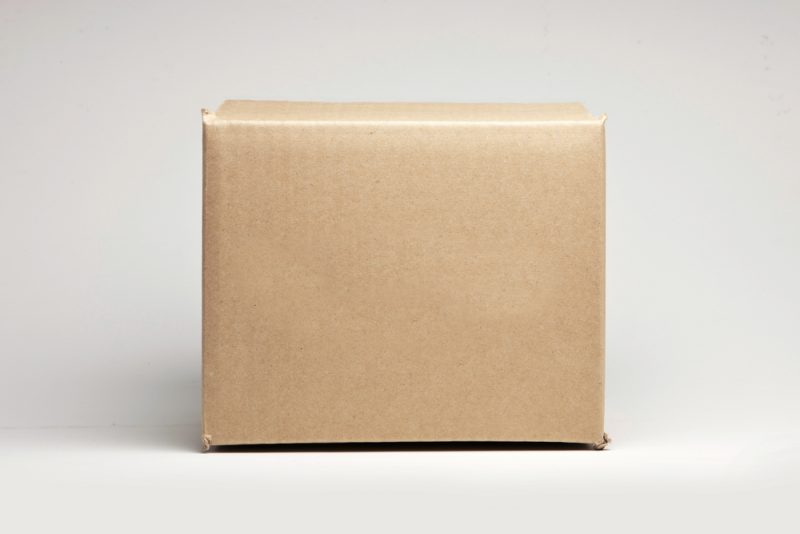What’s the first thing that comes to your mind when you hear the word cardboard? Is it the thin food packaging cardboard? Or perhaps a thick and corrugated box you would use when moving? In fact, the word cardboard is a sort of an umbrella term for a variety of different paper-based products.
The thickness and durability vary greatly depending on the supposed used of the cardboard, so if you are looking for the proper packaging option for your product, you should consider the advantages and drawbacks of each type of cardboard.
Paperboard
One of the most common types of cardboard is paperboard. This thin, light and relatively inexpensive type of cardboard is often picked as a packaging option for items which do not need to be protected from physical damage as much. Such products are for instance food or marijuana products packaging.
These items are not fragile or breakable and only need to be protected from moisture or direct sunlight, which paperboard is really good at. What’s more, the printing options for paperboard are pretty diverse and can include a variety of techniques, which certainly helps its popularity.
Corrugated Cardboard
When your product needs to be protected from physical damage as well as from moisture, most people turn to corrugated boxes. Things like TVs, laptops, and most other electronic devices typically come packaged in this material.
The basic design of corrugated cardboard is two pieces of paperboard connected together by a corrugated inner layer. This layer creates a kind of a crumple zone which greatly increases the durability of the material but doesn’t make it too heavy to be cumbersome.
There are more advanced types of corrugated cardboard for heavier duties, with more layers or with a denser corrugated layer which can withstand more weight or more damage. They also come in many different shapes for custom shipping boxes and retail packaging.
Hexacomb
If you need something more rigid than corrugated cardboard, but something that will have similar properties, you can opt for hexacomb or honeycomb cardboard. If it’s not clear from the name itself, the supporting middle part is not simply corrugated, but rather formed into little hexagons, like an inside of a honeycomb. This design provides much more structural integrity and rigidity.
What’s more, the outer layers are made of a more rigid type of cardboard as well, which further strengthens the finished product. It is often used by modelers and designers to create prototypes and models, but it can also be used in packaging when strength and durability are the most important factors.
Rigid Box
People often judge the product by the packaging it comes in, that’s simply the first thing we see of a product. That’s why some high-end electronics and cosmetics are sold in particularly luxurious, rigid cardboard boxes. These boxes cannot be folded like most other cardboards and are somewhat heavier than the regular cardboard boxes.
The extra weight comes from the density of cardboard used in the manufacturing, typically 4 times denser than the regular cardboard used for packaging regular products.
Chipboard
Chipboard is greatly appreciated by eco-friendly companies, as it is almost exclusively manufactured from recycled paperboard. As a result, it has a greyish, slightly rough and grainy surface. If the manufacturer wants to minimize this effect, they can add some chemicals like bleach which will make it whiter and smoother, but it will also drive the price up, as well as make it less eco-friendly.
Using chipboard as a packaging option has numerous advantages, most commonly cited of which are the price and printing options. Once again, it is not used only for packaging, as it is very easy to cut and shape, it is loved by modelers and crafters.
Why Cardboard at All
In our modern society, there are numerous packaging options for products, so you may be wondering whether cardboard is the optimal solution for your product. However, the practice has proven that plastics, Styrofoam, and similar options simply do not have the range and properties that cardboard has.
Not only can it protect the product from physical damage and moisture a lot better than most other options, it is also fairly light-weight and easy to print on. Add to that the recyclability aspect, and you can understand how cardboard is still the preferred packaging method for all this time.

